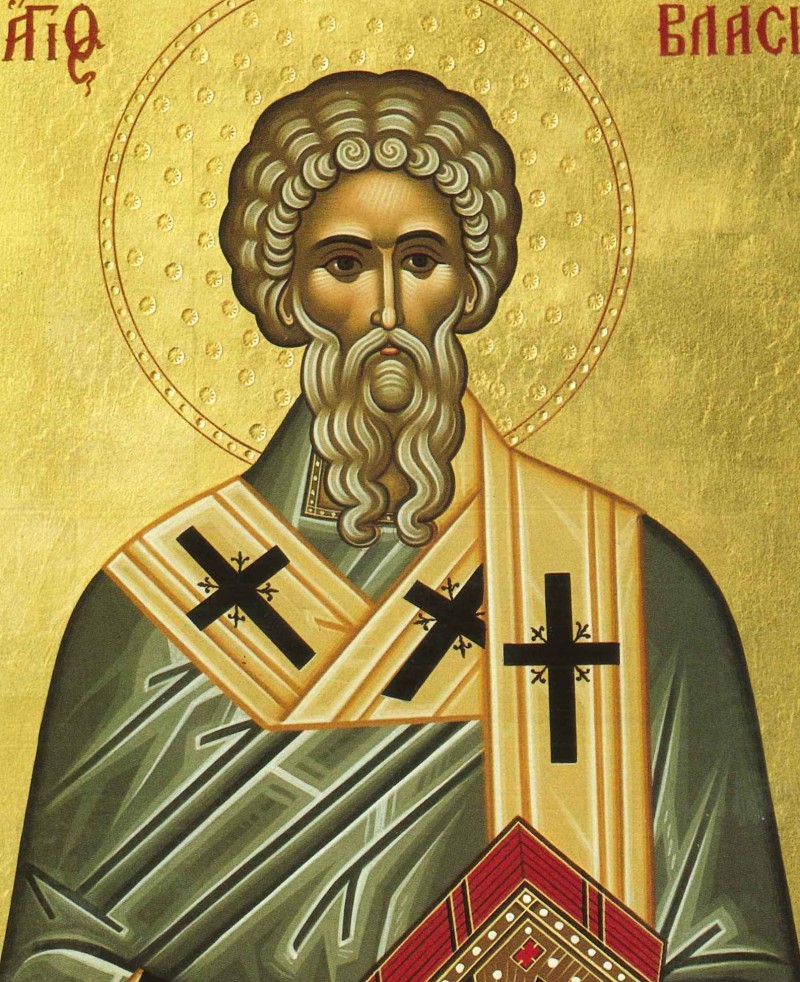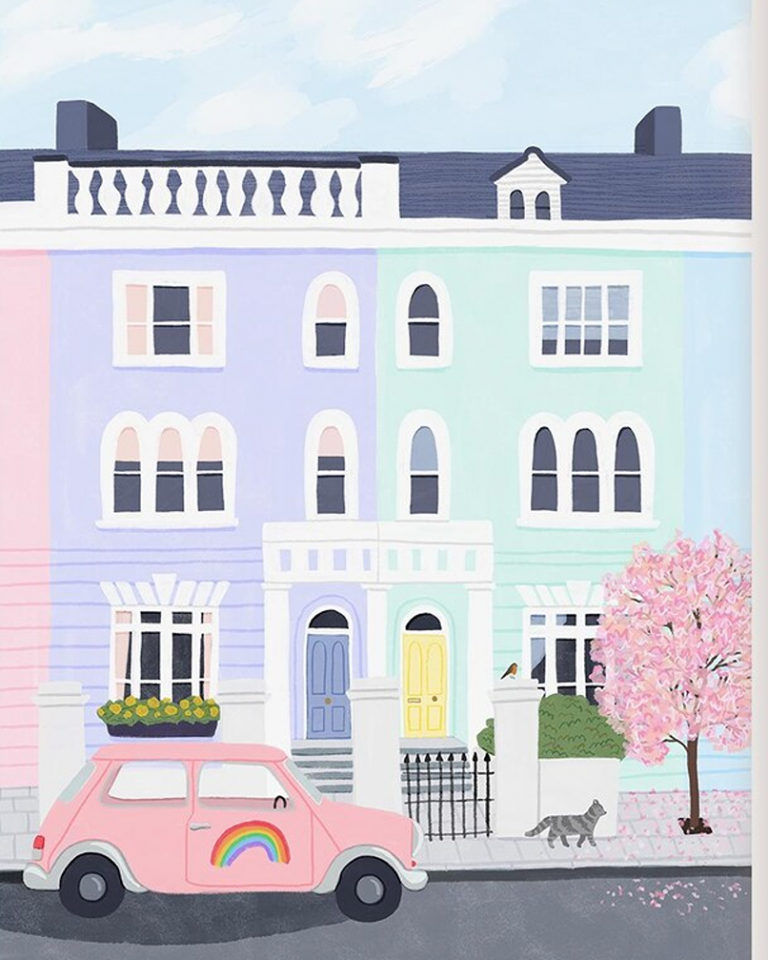
If you’re looking for a place that feels full of life, Bradford West fits the bill. This corner of West Yorkshire blends history, culture, and day-to-day energy in a way that always keeps things fresh.
Old mills and modern shops sit side by side, and you’ll hear plenty of stories about the city’s rich past. From its local markets to lively festivals, Bradford West brings together people and influences from across the globe.
If walking in nature, always follow the Countryside Code, to keep dogs and barnyard creatures safe.
The Eastern Foothills of the Pennines
Bradford West sits where the city meets the countryside. Right to the west are the Pennines, rolling up against the city’s edge. These low hills offer walking paths, nature escapes and pretty stone villages, but also pose a few transport challenges in bad winter weather. Still, for many, the fresh air and striking views are a fair swap for the occasional muddy boot or delayed train.
History and Heritage
Bradford West has a past shaped by different cultures, waves of industry, and bold ideas. Its story is written in old bridges, busy factories, and the faces of those who have called it home. To understand what gives the area its strong character, you have to look at the roots, milestones, and landmarks that put Bradford West on the map.
Roman roots and Old English name
Bradford’s name hints at its earliest story. The word comes from the Old English “brad” (broad) and “ford” (a shallow place in a river to cross). Long before the city buzzed with trade, people would cross the Bradford Beck at this broad spot. The river acted as a guide and lifeline, drawing early settlers.
Some local finds, like Roman coins, indicate Roman travellers may have passed nearby, though no major Roman site has been dug up in Bradford itself. Still, the Roman roads passed close, connecting towns across West Yorkshire, so the area was never far from movement and change.
Industrial Revolution and textile mills
Sandstone-built mills are the bones of Bradford’s industrial story. In the nineteenth century, these huge buildings multiplied across the town, forever changing its look. Rows of tall, pale stone mills filled the skyline, with their windows lighting up early in the morning and late into the night. The whir of weaving machines made Bradford famous across the world for its cloth.
Henry Ripley, a key figure, helped shape this era. He built Bowling Dyeworks and Ripley Ville, a model village for mill workers, showing a vision for community and business. Textile mills brought jobs, money, and new challenges. Bradford grew into a powerful centre, known from London to India for its yarn and fabric.
Immigrant communities: Irish, Jewish, Indian
Bradford has always opened its doors to new arrivals. Each group settled and made their mark.
- Irish: The Broomfields area became home to many Irish in the nineteenth century, escaping famine and looking for work in the mills. Their churches, pubs, and cafes were the backdrop of daily life.
- Jewish: Manningham’s wide streets saw Jewish families arrive from Germany in the 1800s. They brought trade, shops, and schools, shaping whole streets and markets.
- Indian and Pakistani: After the Second World War, a new wave of South Asian families arrived, drawn by mill jobs and a chance for a fresh start.
Political milestones: Labour Party founding
Bradford has played a key part in English politics. In 1893, leaders including Keir Hardie and others came together at St George’s Hall to form the Independent Labour Party. This moment echoed through history, giving rise to the Labour movement and securing Bradford’s place in political stories across the country.
Of course, it’s widely believed that Sir Keir Starmer was named after the first Labour parliamentary leader. A shame that modern Labour politics seems a world away from the simple, humble and honest reasons the party first started.
Keir Hardie seems a real hero. On being elected in 1892, he was lambasted in the media for wearing ‘a cloth cap in Parliament’, refusing to wear the ‘parliamentary uniform’ of a black frock coat, top hat and wing collar. He campaigned against apartheid in South African and for self-rule in India, and was a pacifist who was against the First World War.
However, he really set himself up for problems, when he attacked the Monarchy, when it refused a request to add a message of condolence to relatives of the 251 miners killed in a Pontypridd colliery in 1894, when announcing the birth of Edward VIII (who later married Mrs Wallis Simpson, and abdicated).
Here is what happened in the House of Commons, still in history transcriptions:
Mr Keir Hardie: Sometimes, we get glimpses of the Prince at the gaming tables, sometimes on the racecourse. His Royal Highness is Duke of Cornwall. And as such he draws £60,000 a year from the Duchy property in Cornwall, which is made up some of the vilest slums.
The reply was: I rise, Sir, for the purpose of moving that the hon. Member be no longer heard.
No other MP supported Keir, and the mining company responsible for the deaths, was never prosecuted.
He even predicted what would be happen, regarding the abdication:
We are asked to rejoice because this child has been born, and that one day he will be called upon, to rule over this great Empire. Up to the present time, we have no means of knowing what his qualifications or fitness for that task may be.
From his childhood onward, this boy will be surrounded by flatterers by the score, taught to believe himself as of a superior creation. And the end of it all, will be that country will be called upon to pay the bill.
Local landmarks: Bradford Beck and City Park
History flows through Bradford’s landmarks. The Bradford Beck hides beneath much of the city, once running in the open and watched by early travellers. Locals have long talked about its hidden journey under their feet.
In the heart of town, City Park offers a modern gathering space. The Mirror Pool, with tall fountains and smooth paving stones, is a favourite for families, especially on sunny days. Around the park, statues and old architecture mix with new cafés and shops.
Other historic highlights include:
- The exchange building, with carved stone and ironwork.
- The Alhambra Theatre, host to music, drama and laughter for more than a century.
- The old sandstone mills, reminders of the city’s weaving past.
Where old meets new, history always feels close in Bradford West.
Culture and Community
Bradford West Yorkshire pulses with a lively mix of traditions, strong personalities, and a creative spirit that never stays quiet for long. Its cultural scene reflects the strength and warmth of its communities, where food, film, music, and shared celebrations bring everyone together.
Whether you’re wandering into a bustling restaurant or spending Sunday afternoon at a festival, you’ll notice how each part of the city shapes and is shaped by those who live here.
Curry Capital of England

Bradford’s claim as the “Curry Capital of England” speaks to its love for spicy food and its deep South Asian roots. For years, local curry houses have outshone rivals from across the UK in national curry competitions. The city picked up the Curry Capital title a record six times, earning a reputation that stretches far beyond Yorkshire.
Walking around West Bradford, you find iconic restaurants, each with its own crowd of fans. Once a year, Bradford serves up something even bigger: the Bradford Curry Awards. This food festival crowns the city’s best chefs and brings out crowds eager for bold flavours.
Read our post on food safety for people and pets.
Bollywood Influence and Film Connections
Bradford doesn’t just celebrate food. Its streets and squares have found their way onto big and small screens, often paying tribute to South Asian stories. The city holds UNESCO City of Film status, helped along by its long-running links with Bollywood.
Big film crews have shot music videos and scenes in front of local landmarks, using the city’s grand old buildings and colourful streets for drama and colour. Young filmmakers here work with groups like Bradford Film Office to learn the trade and chase their dreams.
One of the city’s big screen claims is “The Amazing Mrs Pritchard,” a BBC drama filmed partly in Bradford. It tells the story of a supermarket manager who fed up with politics always being about London, becomes Prime Minister and tries to move parliament to Bradford, which is nearer the geographical centre of England!
City of Sanctuary and Diversity
Bradford is more than just a melting pot. It’s a place where new arrivals don’t just survive—they put down roots and call it home. In 2010, Bradford was awarded City of Sanctuary status, recognising its work in supporting those fleeing conflict and hardship.
At school, in markets, and on bus rides, you’ll spot neighbours from every background. People here happily mix at work, in playgrounds and at street markets.
Housing estates and city parks fill with families from many countries, all calling Bradford home. Bradford’s community links go beyond just tolerating difference—they actively celebrate it.

United Reform Church, Saltaire
The United Reform church has over 50,000 members in 1,200 congregations (that’s more than the number of M & S branches!) This is an inclusive church where anyone (regardless of age, race, gender or sexual orientation) can worship).
It also (like the Quakers) regularly works for peace and justice, trying to follow in the true philosophy of Jesus – a simple peaceful man who would be aghast at what some ‘Christians’ are doing now worldwide, in His name).
Local Festivals and Saint Blaise

Like the Cornish town of St Blazey (home to the Eden Project), Bradford’s local saint is Saint Blaise, an Armenian bishop from the fourth century. Legend says he healed those with throat problems and even animal diseases, often with miraculous results.
People travelled far, hoping for cures or blessings. Over time, St Blazey adopted his name and a unique tradition: every February, locals would visit church to have their throats blessed, a ritual that still lingers in village memory.
Saint Blaise also served as the protector of animals. Stories say livestock owners would bring sick animals to the parish seeking protection and healing. This blend of practical faith and hope gave the area a sense of community and togetherness that still lasts..
Arts Venues: National Science and Media Museum
Bradford’s creative edge finds a real home in its arts venues, none more so than the National Science and Media Museum. This landmark is more than just a museum—it’s a meeting spot, an ideas hub, and a place to learn about the history and future of film and photography.
Located close to the city centre, it bridges local stories with global ones. The museum:
- Hosts international film festivals such as the Bradford International Film Festival
- Offers hands-on exhibitions on photography, television, animation, and gaming
- Runs workshops for schools, families, and aspiring filmmakers
Visiting the museum never feels dull. It stays right at the heart of Bradford’s cultural scene, drawing crowds from across the UK and sparking the imaginations of local children and adults alike.
Economy and Modern Life
Bradford West Yorkshire keeps one foot in its roots and one eye on the future. The blend of old textile mill sites, busy high streets, sharp tech minds and ongoing investment make the area lively. A strong sense of community runs through everything, from big supermarkets to small shop owners and schools packed with future talent. Let’s take a look at what keeps the wheels turning in Bradford West.
This city is home to the headquarters of Morrisons, one of England’s biggest supermarkets. It no doubt brings jobs, but not as many proportionally as independent shops, which also tend to stick around and bring more money into local economies, by using local suppliers, signwriters etc.
In fact the chain recently posted a £600 million loss, and is very much in trouble (being overtaken as the fourth largest supermarket by budget-friendly Germany Lidl).

It has recently committed to ending supplies with a Lincolnshire farm that was killing piglets by banned blunt force trauma, and also says it will end using suffocation to kill prawns by 2027?
Good reasons to either shop elsewhere or (if you have no choice) stick to plant-based foods at supermarkets, to send a strong message that it’s not good enough that these issues were even occurring (due to previous supermarket support).
Darley Street Market (for independent traders)
Right in the beating heart of the city, Darley Street market is a happier story. This is fairly new. But instead of the same old glass shopping centre with high-street chains, this focuses on supporting local lively traders, who know their regulars by name and always have something to say.
- Fresh fruit and veg stalls heap their produce high.
- Bakers tuck pies and bread into paper bags.
- Fabric sellers chat about the perfect pattern for a new outfit.
- Greengrocers give advice on what’s in season.
This market stands out for its mix of cultures and traditions. World foods and handmade goods draw shoppers from all over. The stalls help keep smaller businesses running, supporting local families who have been trading here for decades. The market’s regulars keep coming back for friendly chatter, bargains, and goods you rarely find in chain stores.
Notable People and Stories
Bradford West Yorkshire has helped shape some remarkable lives. Famous faces, local heroes, and inspiring projects trace their roots here, leaving lasting marks on both the city and the wider world.
From pop stars to community champions and visionary builders, Bradford West has always been a home for fresh thinking and strong characters. Here are some names and tales you should know.
Kimberly Walsh and Local Talent
Kimberly Walsh grew up in Bradford, where her path to stardom began. Best known as a lead singer for Girls Aloud, she often speaks about her Yorkshire roots and how her family and local schools supported her dreams. Kimberly attended a local Catholic college.
Unlike some reality stars that have gone off the rail, Kimberly appears to have made a nice balance between success and a personal life, with a happy family life and a good grounded attitude since her supersonic rise to fame.
Sharon Beshenivsky Contributions
Sharon Beshenivsky is remembered for her deep ties to Bradford’s community. As a police officer, she spent her days helping local people, often stepping far beyond her official duties. Sharon took part in school safety campaigns, supported youth sports, and encouraged children to dream big and stay safe.
After her service ended tragically, the city came together to honour her bravery. Schools, sports clubs, and even local artists have run projects in her name, making sure her memory lives on. Sharon’s legacy in Bradford is one of kindness, service, and a strong belief in community spirit.
Henry Ripley and Ripley Village
Henry Ripley was a Bradford businessman and MP who believed in looking after his workers. In the late 1800s, he created Ripley Ville, a model village near the mills. This was more than just a housing scheme; Ripley wanted clean, well-built homes where families could stay healthy and safe.
Ripley Ville included schools, churches, and green spaces. At a time when many lived in crowded back-to-backs, these new houses felt like a breath of fresh air. Ripley’s approach left a mark that can still be seen in the way Bradford talks about community and responsibility. Though parts of Ripley Ville were eventually demolished, the idea that workers deserved comfort and dignity shaped other local projects.
Titus Salt and the Model Village
Titus Salt is another giant in Bradford’s story. An industrialist with a social conscience, Salt saw how tough life was for mill workers. In response, he built Saltaire in the 1850s, just outside Bradford West. Saltaire wasn’t just another mill village. Salt designed spacious homes, parks, a school, a hospital, and even a library—all at a time when worker conditions were usually grim.
Salt’s vision is still clear in Saltaire’s wide roads and solid stone houses. Today, the village is a UNESCO World Heritage Site, drawing visitors from all over. Saltaire remains a symbol of how business success and decency can work together. For Bradford West, Salt’s work stands as proof that with the right leaders, cities can grow while still looking after their people.
Conclusion
Bradford West Yorkshire stands apart because it never sits still. Its stories, flavours, and faces blend old and new in a way you just don’t find everywhere. Walking its streets, you feel a real sense of welcome, with each area adding something special to the bigger picture.
From historic mills to local markets and lively food spots, Bradford West always gives you something to talk about. If you ever get the chance, see it for yourself. Thanks for reading, and if you have your own Bradford memories or tips, share them below. There’s always more to discover here.





